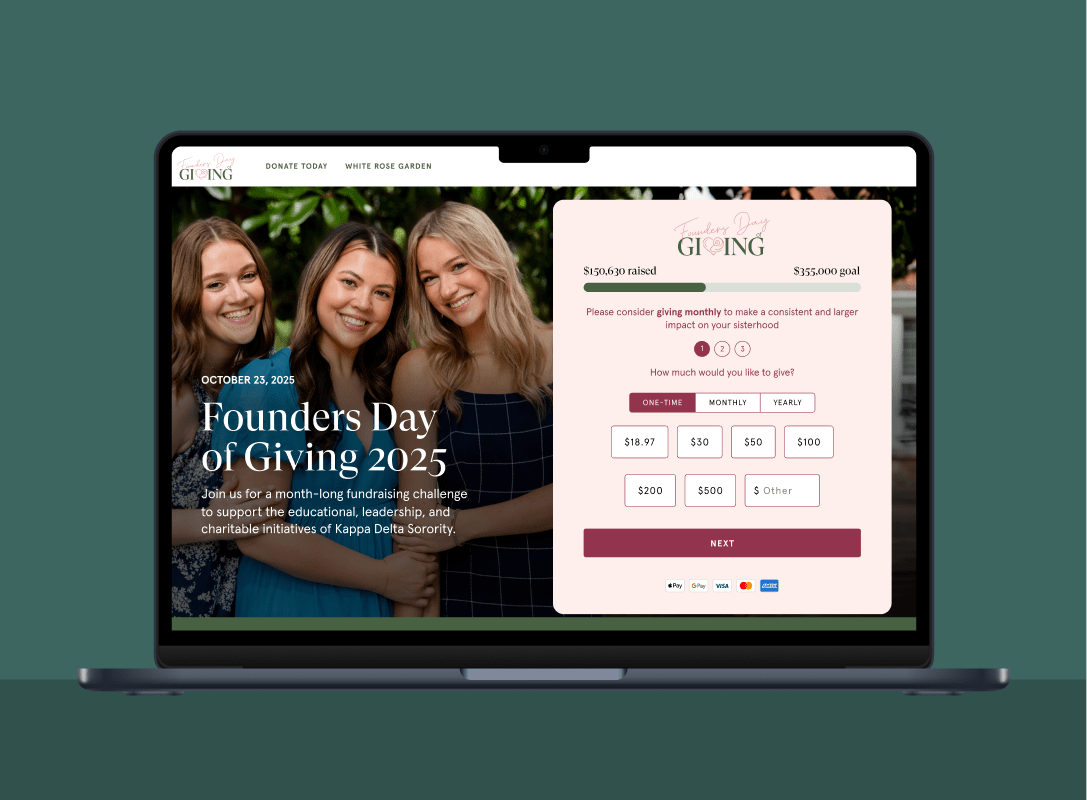Human-centered product design
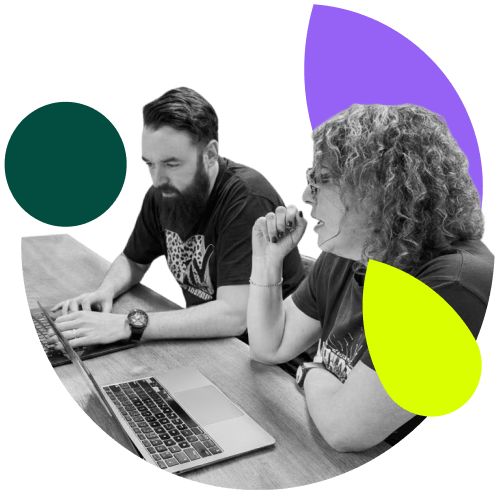
Human-centered product design
Whether you’re a global enterprise or a fast-moving startup, we deliver designs that serve both your users and your bottom line. We work to rapidly prototype and validate ideas together throughout the entire project lifecycle.
Drawing on experience with Fortune 500s, governments, global charities and NGOs, we work towards frictionless UX wherever possible, with a strong focus on conversion optimisation.
Organisations achieving meaningful outcomes through our human-centered design approach
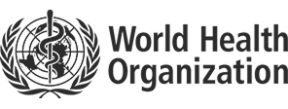



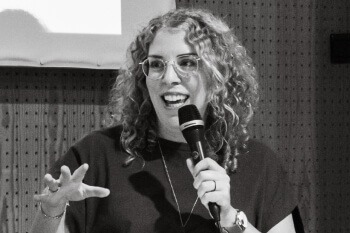
HCD, Lean and Agile. Together.
The Human Centered Design process works hand in hand with Lean thinking and Agile processes on each project we undertake. This enables a cycle of continuous learning and improvement, and lessens risk as much as possible for our clients.

End-to-end senior design expertise
Our UX team is strong and senior level. Unlike other development agencies, we don’t outsource any part of our user experience design work. From initial stakeholder and user interviews and data analysis, through to wire-framing and prototyping and high-fidelity interface designs and illustration.
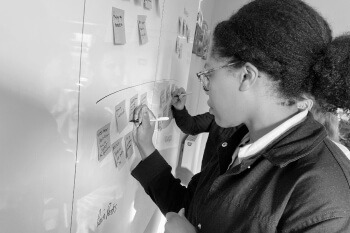
Discovery that isn’t forgotten after phase one
Through UX workshops, research and ongoing testing, we ensure that we are dealing with the correct problem and providing the most value, at the lowest level of risk for our clients. We keep measuring and enhancing.
The team were able to grasp the complexity of the KTP programme and worked hard to translate these complexities into a streamlined digital user experience.
Drawing on a wide range of effective tools
Throughout our journey with a client, we draw on a selection of the best tools and methods that fit the context and provide the best product. These include:
Problem interviews, UX workshops, competitive analysis and contextual inquiry.
Personas, journeys, task analysis and user flows
Problems and pain points, user goals, business goals and hypotheses.
Ideation, prototyping, user testing leading to hi-fidelity designs.
KPI’s, AB testing, experiments, data analysis.

A selection of our projects shaped by human-centered design:
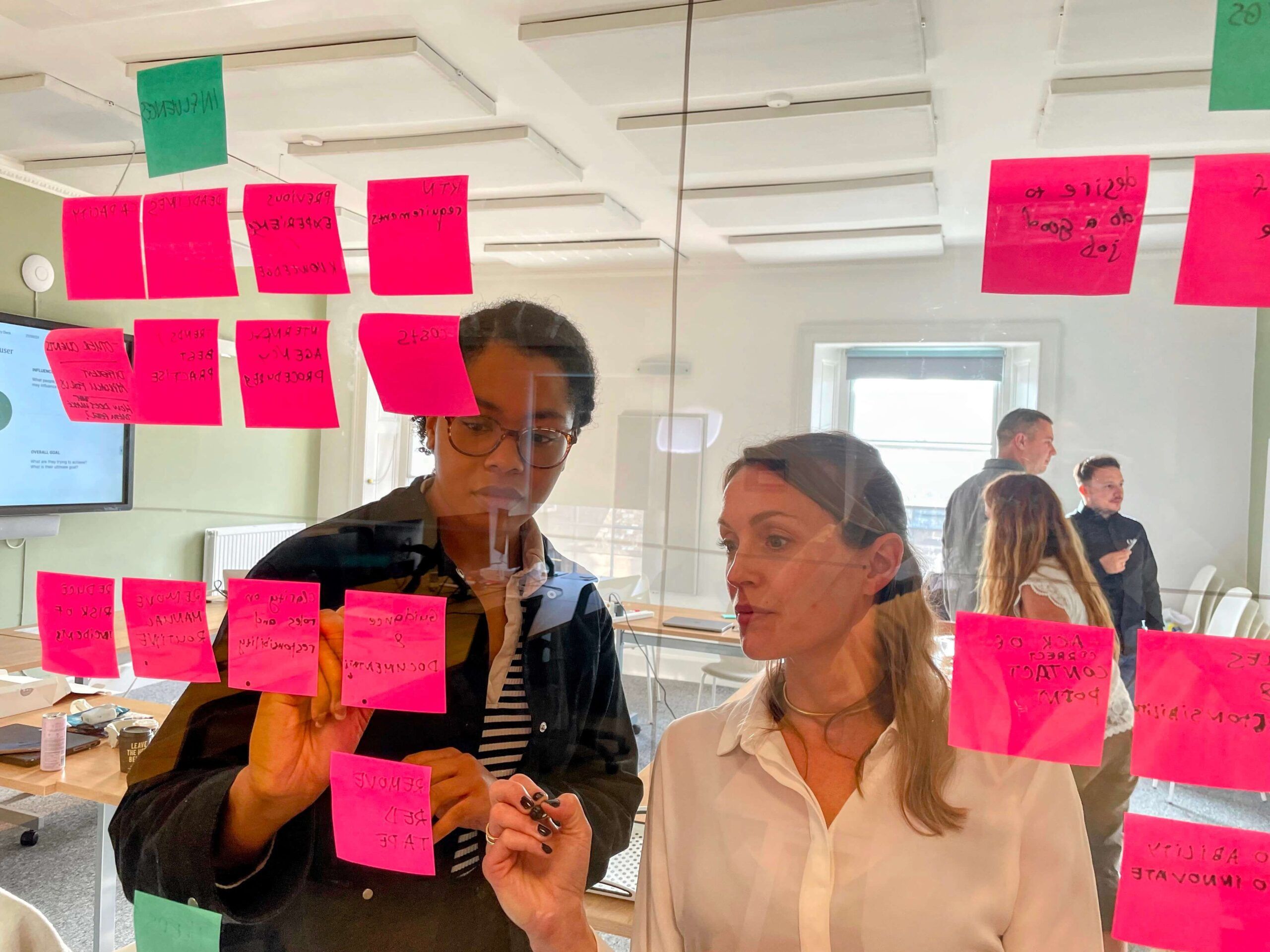
Innovate UK and Horizon EU

World Health Organization
